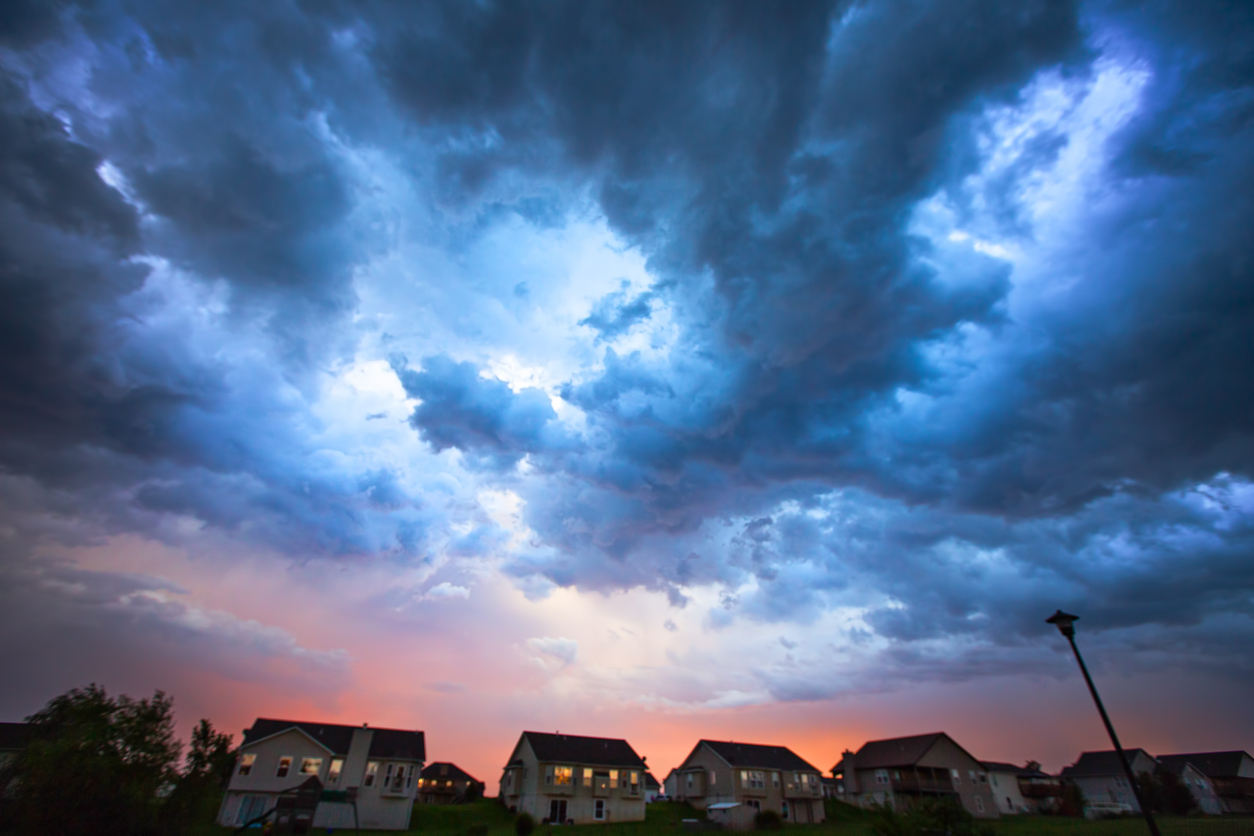The average annual insured loss from natural catastrophes is estimated to be $151 billion, according to a recent report by Verisk. Of these losses, the insured loss from U.S. severe thunderstorms in 2023 contributed more than $57 billion. According to a report from Swiss Re, of the $60 billion of global insured losses in the first half of 2024, 70% were due to severe thunderstorms that occurred mainly in the United States.
Severe thunderstorms, tornadoes, and hailstorms are typical weather occurrences in the United States, affecting an expanding number of places across the country. These extreme storms pose considerable risks and damage due to high winds, hail, heavy rainfall, and tornadoes.
Urbanization Expansion and Exposure Growth
The high cost of insured losses caused by these storms is due in part to expanded urbanization in the country and an increase in exposure. Cities are especially prone to convective storm impacts because of their concentrated populations, increasing infrastructure, and limited green spaces, which can worsen flooding and other risks.
According to the Verisk report, which analyzed data from the U.S. Census Bureau, the population is growing fastest in the South, with the Dallas-Fort Worth, Texas area seeing the most significant urbanization expansion. During the last ten years, according to Verisk, at least eight severe storms have affected the Dallas-Fort Worth area, causing at least $1 billion in damage. Based on population growth over the last decade, a $1 billion event ten years ago could be nearly 20% more costly today in new construction. This is before considering higher inflation rates.
Changing Climate Patterns
Severe convective storms are due to warm, moist air rising from the earth and manifest in various ways, depending on atmospheric conditions — from drenching thunderstorms with lightning to tornadoes, hail, or destructive straight-line winds. Changing climate patterns (warmer temperatures, for example) may contribute to the frequency of severe storms. According to Risk Logic, scientists at the National Oceanic and Atmospheric Administration (NOAA) are investigating the impact of climate change on convective storm patterns, frequency, and intensity. This research will assist insurers in determining how climate variability and long-term trends may affect the frequency and intensity of convective storms in the future.
Evolving Insurance Approach
Whether or not severe storms are increasing in frequency, one thing is for sure. The costs of insuring the resulting property damage caused by these storms are rising. Insurers are looking at how to better predictive modeling to accurately assess risk and asking policyholders to share in the risk with higher, specific deductibles, much like what you find in a property policy for named storms, floods, or earthquakes.
About Seneca Insurance Company
Seneca Insurance Companies are known for having a broad appetite for writing property risks. We offer admitted and non-admitted ISO-based policies, with catastrophe perils based on location and risk characteristics.
